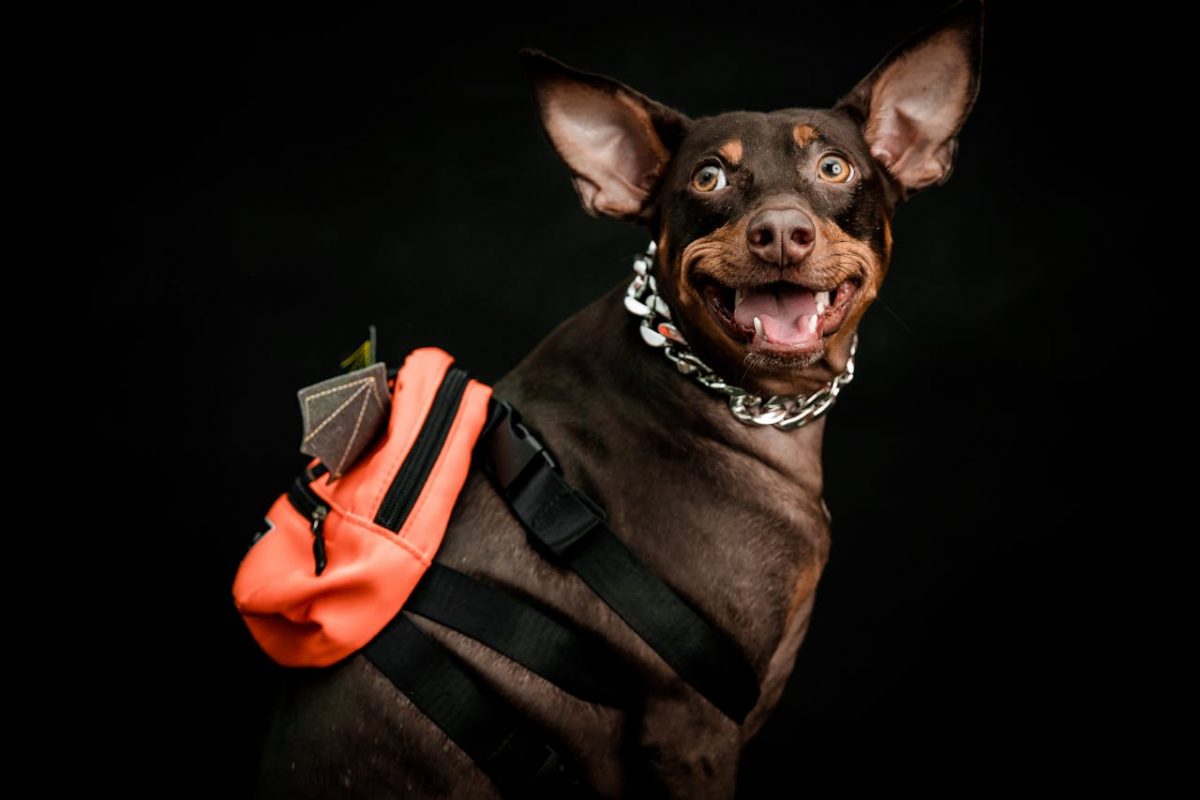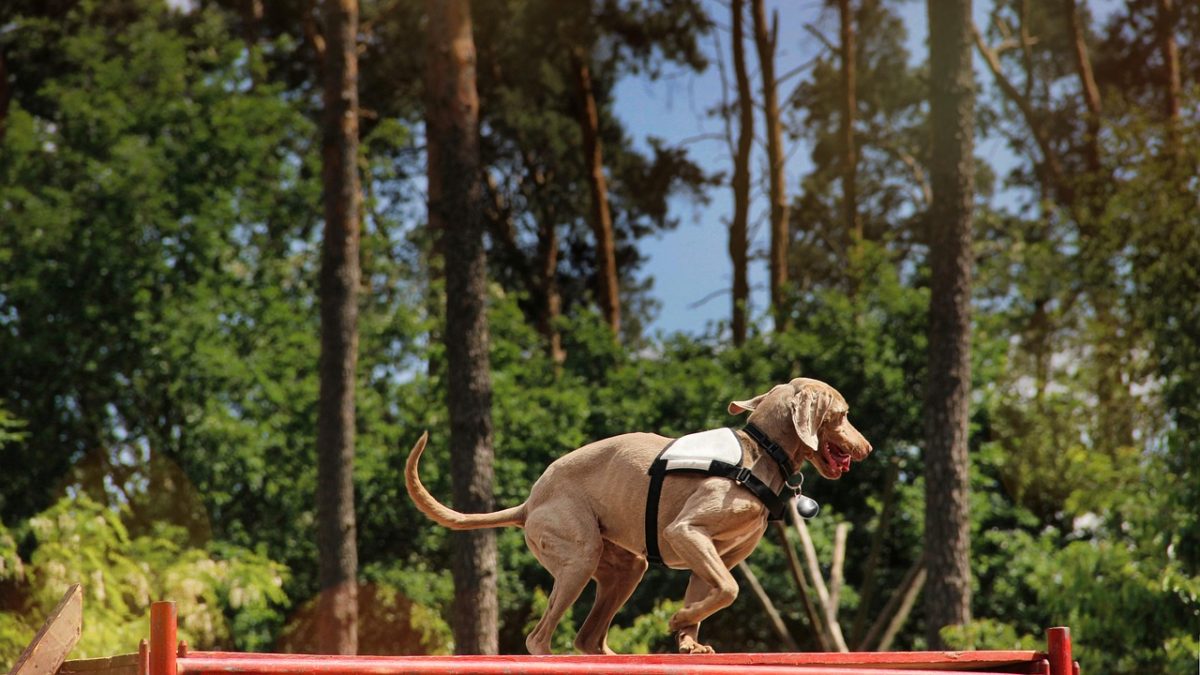Training a fearful dog can be a challenging but incredibly rewarding experience. Fearful dogs may exhibit behaviors such as cowering, trembling, avoidance, or even aggression as a response to their anxiety. These behaviors can stem from past traumas, lack of socialization, or even genetic predispositions. However, with patience, understanding, and the right techniques, it’s possible to help these dogs become more confident and secure. Here are effective strategies for training fearful dogs.
1. Understanding Your Dog’s Fear
The first step in helping your fearful dog is to understand what triggers their fear. It could be specific situations, people, sounds, or objects. Observing your dog closely and noting what causes their fearful responses is crucial. Understanding these triggers will help you tailor your training approach to address your dog’s specific fears.
2. Creating a Safe Environment
A safe environment is foundational for helping a fearful dog feel secure. This space should be a sanctuary for your dog, where they can retreat when overwhelmed. Whether it’s a quiet corner of your home, a crate filled with their favorite toys, or a special mat, this safe space should always be available to your dog.
3. Gradual Exposure
Gradual exposure, also known as desensitization, is a technique used to slowly acclimate your dog to their fears in a controlled manner. The key is to introduce the fear-inducing stimulus at a low level that doesn’t provoke a full fear response and gradually increase the intensity as your dog becomes more comfortable. This process should be done very slowly, over weeks or months, to ensure your dog doesn’t become overwhelmed.
4. Positive Reinforcement
Positive reinforcement is a powerful tool in training fearful dogs. By rewarding your dog for calm or curious behavior in the presence of their fears, you reinforce a positive association with the stimulus. Rewards can be treats, praise, or anything else your dog loves. The goal is to help your dog understand that good things happen when they face their fears.
5. Counter-Conditioning
Counter-conditioning is closely related to positive reinforcement and involves changing your dog’s emotional response to a fear-inducing stimulus. Instead of feeling fear, your dog learns to associate the stimulus with positive outcomes. For example, if your dog is afraid of strangers, feeding them their favorite treat when strangers are nearby can help create a positive association.
6. Building Confidence Through Obedience Training
Obedience training can significantly boost a fearful dog’s confidence. Simple commands like “sit,” “stay,” “come,” and “down” give your dog a sense of structure and predictability. Success in these commands builds confidence and helps reduce anxiety in fearful situations.
7. Patience and Consistency
Perhaps the most critical components of training a fearful dog are patience and consistency. Progress may be slow, and there will be setbacks, but it’s important to remain patient and not to push your dog too fast. Consistency in training and responses to your dog’s behavior helps them understand what to expect from you, creating a sense of security.
Training a fearful dog requires a compassionate and dedicated approach. By understanding your dog’s fears, creating a safe environment, using gradual exposure, employing positive reinforcement, practicing counter-conditioning, building confidence through obedience training, and maintaining patience and consistency, you can help your dog overcome their fears. The journey may be long, but the reward of seeing your dog become more confident and joyful is immeasurable.



